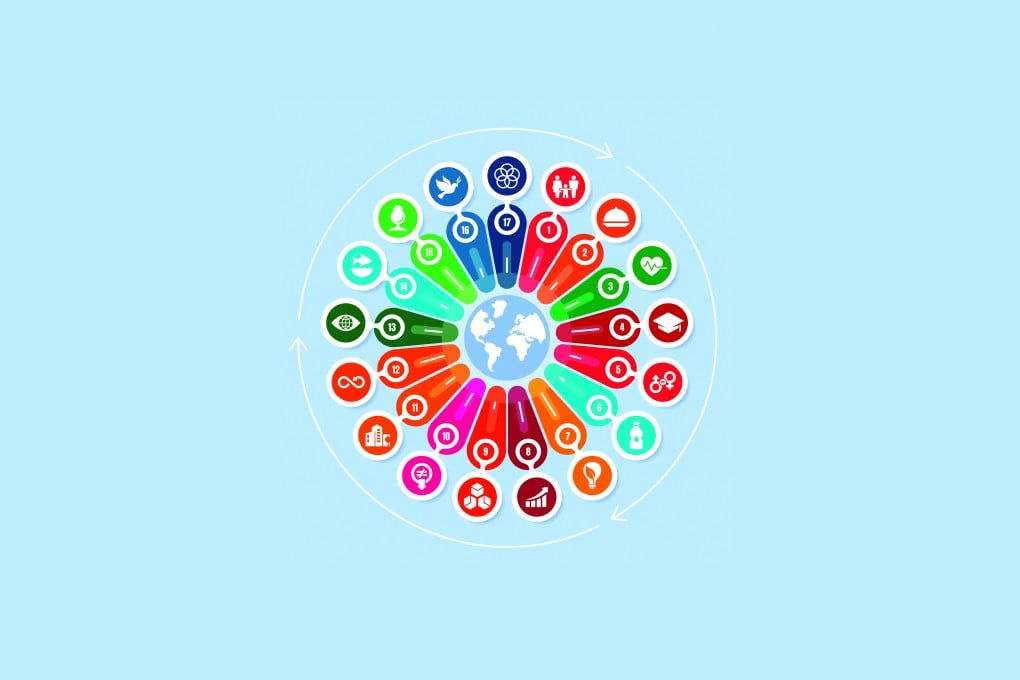Harmony in the Urban Jungle
The United Nations’ Sustainable Development Goals are a call for action to promote prosperity while protecting the planet. Three faculty members from CityUHK’s College of Liberal Arts and Social Sciences share their expert opinions on how we can respond to the unprecedented global challenges through impactful interdisciplinary research

[The content of this article has been produced by our advertising partner.]
It is no easy thing to change the way we live. Real reform requires a buy-in from all segments of society. Whether the goal is humanity peacefully coexisting with the natural world or everyone contributing to an equitable and inclusive society, each individual has a part to play.
Faculty members at City University of Hong Kong’s (CityUHK) College of Liberal Arts and Social Sciences (CLASS) have heard the call. They have been working within their expert fields to contribute to the United Nations’ Sustainable Development Goals (SDGs), which aim to achieve a better future for all. Their collective efforts have helped pave the way towards a more sustainable and harmonious Hong Kong—but they are not finished yet. They have new ideas on what more humanity could do.
“I think first and foremost we have to realise that everything is interconnected,” says Professor Rebecca WONG, Associate Professor at the Department of Social and Behavioural Sciences.
She says that reading the 17 SDGs makes it easy to understand that the problems affecting developed countries are in fact the very same ones facing developing countries.
“If you boil it down, we are all facing the same issues, such as climate change. We are bound by the same forces, the same notions, the same environment. What’s important is that at the end of the day, these goals bring everyone together to address the same topics about the environment, animals and creating a more harmonious society,” she says.
Accordingly, the SDGs, also known as the Global Goals, were developed in 2015 as a universal call to action to end poverty, protect the planet and ensure that all people can enjoy peace and prosperity by 2030.